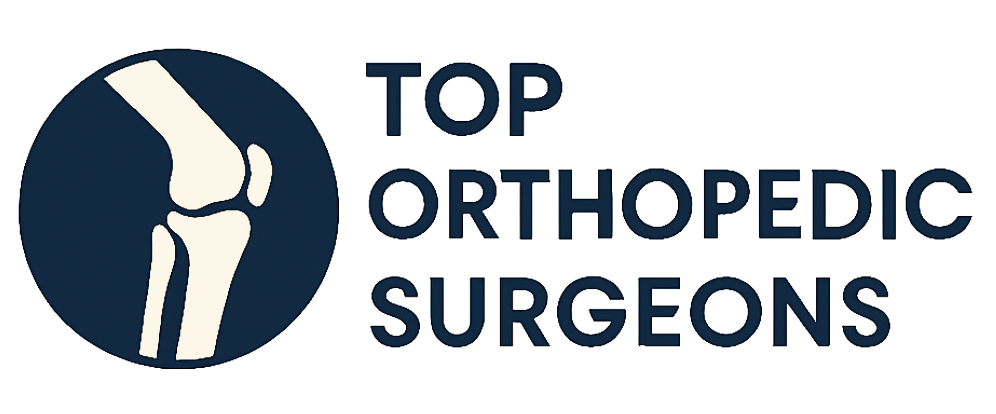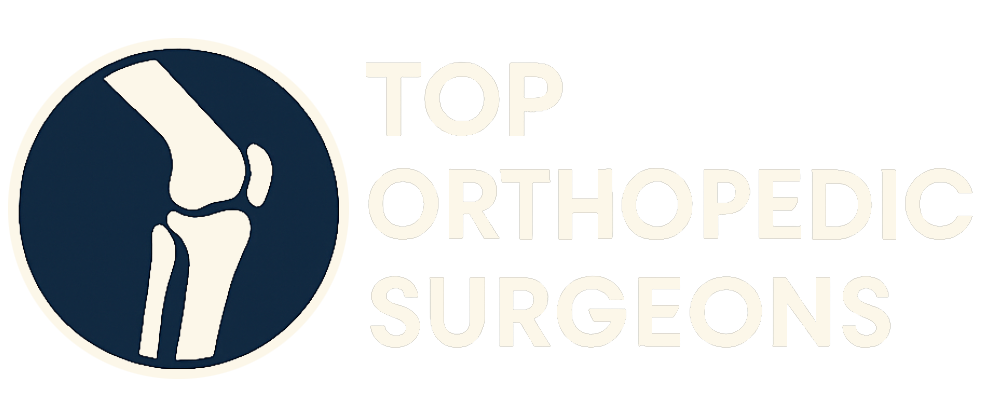
Orthopedic health encompasses the intricate system of bones, joints, ligaments, tendons, and muscles that allow us to move, work, and enjoy life. When injuries or conditions affect these components, the road to recovery often involves a crucial element: physical therapy. This article will explore the significant role that physical therapy plays in orthopedic recovery, demonstrating how it complements medical interventions and empowers individuals to regain function, reduce pain, and improve their overall quality of life.
What is Physical Therapy?
Physical therapy, also known as physiotherapy, is a healthcare profession dedicated to helping individuals restore and improve movement and function. Physical therapists (PTs) are highly trained and licensed professionals who assess, diagnose, and treat a wide range of musculoskeletal conditions and movement disorders. They employ a variety of techniques, including therapeutic exercises, manual therapy, and modalities such as ultrasound and electrical stimulation, to achieve specific rehabilitation goals.
The approach of physical therapy is holistic, focusing on the individual’s overall well-being and addressing the underlying causes of their condition, not just the symptoms. It emphasizes patient education and empowerment, enabling individuals to take an active role in their recovery process.
The Importance of Physical Therapy in Orthopedic Recovery
Physical therapy is an integral part of the orthopedic recovery process, whether a patient has undergone surgery or is pursuing non-surgical treatment. Here are some key reasons why physical therapy is so important:
- Pain Management: PTs use various techniques to alleviate pain, including manual therapy, modalities like heat and cold therapy, and exercises designed to reduce inflammation and muscle spasms.
- Restoring Range of Motion: Injuries and surgeries often lead to stiffness and limited range of motion. Physical therapy interventions, such as stretching and joint mobilization, help to restore normal movement patterns.
- Strengthening Muscles: Weakness in the muscles surrounding an injured joint is common. Physical therapy programs include targeted strengthening exercises to improve muscle strength and stability, supporting the joint and preventing re-injury.
- Improving Balance and Coordination: Many orthopedic conditions affect balance and coordination, increasing the risk of falls. Physical therapists incorporate balance and proprioceptive exercises to enhance stability and coordination.
- Enhancing Functional Abilities: The ultimate goal of physical therapy is to help individuals return to their desired activities and functional abilities, whether it’s walking without pain, playing sports, or performing daily tasks.
- Preventing Re-Injury: Physical therapists educate patients on proper body mechanics, injury prevention strategies, and home exercise programs to maintain their progress and avoid future problems.
Physical Therapy After Orthopedic Surgery
Following orthopedic surgery, physical therapy is often essential for a successful recovery. It helps patients regain strength, mobility, and function, and it minimizes the risk of complications. The specific goals and timeline of physical therapy will depend on the type of surgery performed, the individual’s condition, and the surgeon’s recommendations.
Common Types of Post-Operative Physical Therapy:
- Joint Replacement (Hip, Knee, Shoulder): Physical therapy focuses on regaining range of motion, strengthening the muscles around the joint, and improving balance and coordination. Patients learn how to ambulate safely with assistive devices and perform daily activities with proper body mechanics.
- ACL Reconstruction: Physical therapy aims to restore full range of motion, strengthen the quadriceps and hamstring muscles, and improve balance and proprioception. Patients gradually progress from non-weight-bearing to full weight-bearing activities.
- Rotator Cuff Repair: Physical therapy emphasizes restoring range of motion, strengthening the rotator cuff muscles, and improving shoulder stability. Patients learn how to protect the shoulder joint and avoid activities that could re-injure the repaired tendons.
- Spinal Fusion: Physical therapy focuses on core stabilization exercises, improving posture, and teaching proper body mechanics for lifting and bending. Patients gradually progress to more demanding activities as their spine heals.
The physical therapy program typically begins with gentle exercises and progresses gradually as the patient’s condition improves. The PT monitors the patient’s progress and adjusts the treatment plan accordingly.
Physical Therapy as an Alternative to Surgery
In some cases, physical therapy can be an effective alternative to surgery for certain orthopedic conditions. This is especially true for conditions that are primarily caused by muscle imbalances, poor posture, or overuse. By addressing these underlying factors, physical therapy can help alleviate pain, improve function, and prevent the need for surgery.
Conditions That May Benefit From Physical Therapy as a Surgery Alternative:
- Osteoarthritis: Physical therapy can help manage pain, improve joint mobility, and strengthen the muscles around the affected joint.
- Back Pain: Physical therapy can address muscle imbalances, improve posture, and teach proper lifting techniques to reduce back pain.
- Shoulder Impingement: Physical therapy can strengthen the rotator cuff muscles and improve shoulder mechanics to alleviate pain and prevent further impingement.
- Tennis Elbow (Lateral Epicondylitis): Physical therapy can address muscle imbalances and improve wrist and elbow mechanics to reduce pain and promote healing.
- Plantar Fasciitis: Physical therapy can stretch the plantar fascia, strengthen the muscles in the foot and ankle, and improve biomechanics to alleviate pain.
A thorough evaluation by a qualified physical therapist is essential to determine if physical therapy is an appropriate alternative to surgery. The PT will assess the individual’s condition, functional limitations, and goals to develop a personalized treatment plan.
What to Expect During a Physical Therapy Session
A typical physical therapy session involves several components:
- Evaluation: The PT will begin by evaluating the individual’s condition, including their medical history, symptoms, and functional limitations.
- Goal Setting: The PT will work with the individual to set realistic and achievable goals for therapy.
- Treatment: The PT will implement a variety of treatment techniques, such as therapeutic exercises, manual therapy, and modalities, to address the individual’s specific needs.
- Education: The PT will educate the individual on their condition, treatment plan, and home exercise program.
It’s important to wear comfortable clothing and shoes to physical therapy sessions. Individuals should also be prepared to actively participate in their treatment and follow the PT’s instructions carefully.
Finding a Qualified Physical Therapist
Choosing a qualified physical therapist is crucial for a successful recovery. Here are some tips for finding the right PT:
- Check Credentials: Ensure the physical therapist is licensed and has the necessary qualifications.
- Seek Referrals: Ask your doctor, friends, or family for recommendations.
- Consider Experience: Look for a PT with experience in treating orthopedic conditions.
- Read Reviews: Check online reviews to see what other patients have to say about the PT.
- Schedule a Consultation: Meet with the PT to discuss your condition and treatment goals.
Communication is key. Find a physical therapist who listens to your concerns, explains your treatment options clearly, and involves you in the decision-making process. You can use resources like Top Orthopedic Surgeons to locate trusted orthopedic specialists who often work closely with reputable physical therapy providers.
The Synergy of Orthopedic Care and Physical Therapy
Orthopedic surgeons and physical therapists often work together to provide comprehensive care for patients with musculoskeletal conditions. The surgeon focuses on diagnosing and treating the underlying injury or condition, while the physical therapist helps the patient regain function and mobility. This collaborative approach ensures that patients receive the best possible care and achieve optimal outcomes.
Physical therapy stands as a cornerstone of orthopedic recovery, offering a multifaceted approach to healing and rehabilitation. Whether following surgery or pursuing non-surgical interventions, the guidance of a skilled physical therapist is invaluable. By restoring movement, reducing pain, and enhancing overall function, physical therapy empowers individuals to regain control of their lives and return to the activities they enjoy. Embracing physical therapy as part of an orthopedic treatment plan can significantly improve the chances of a successful and lasting recovery.


